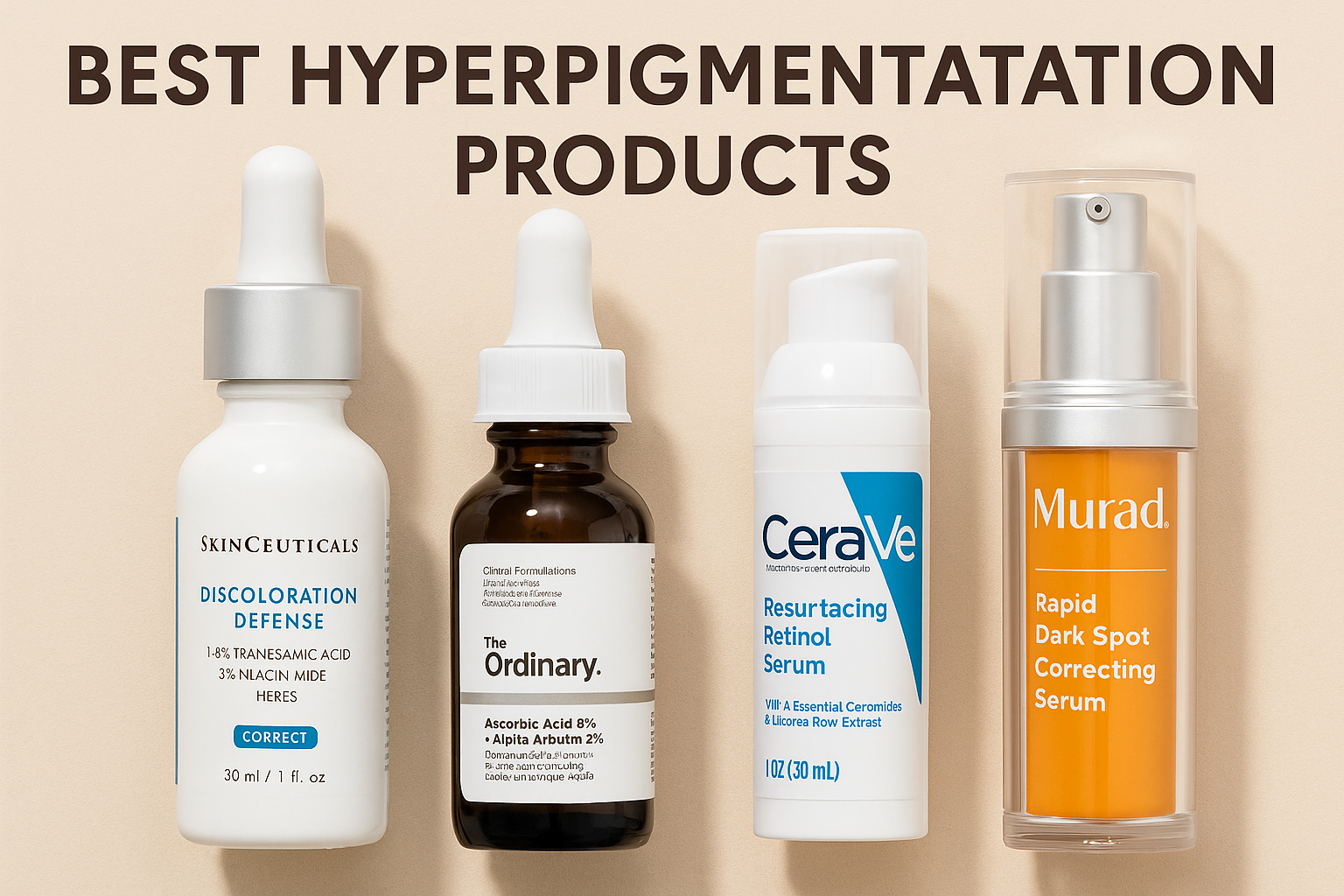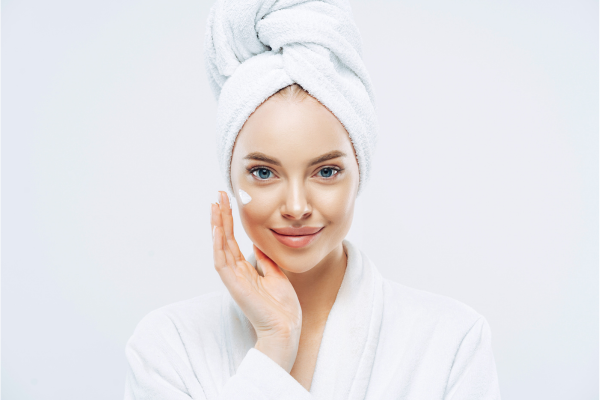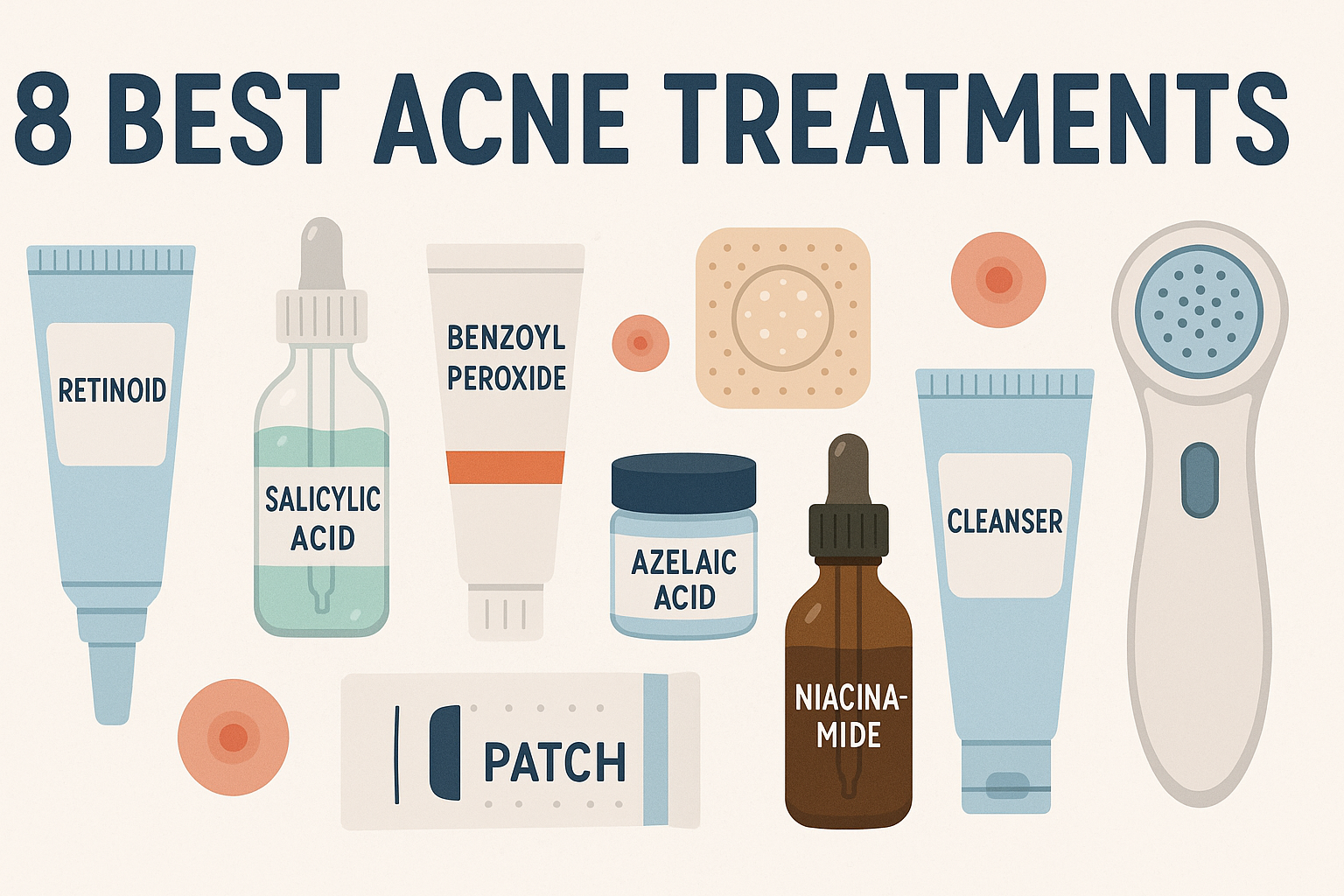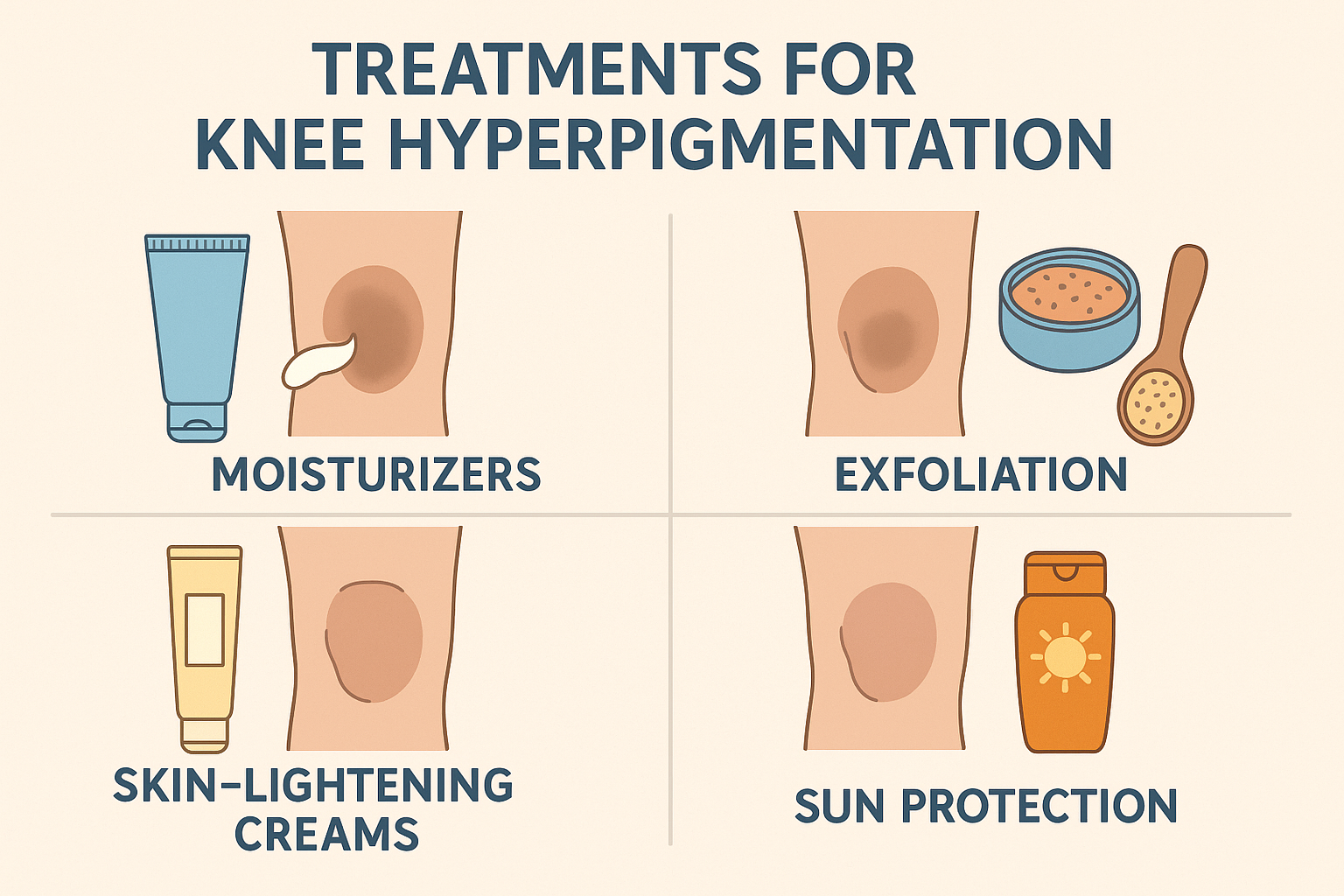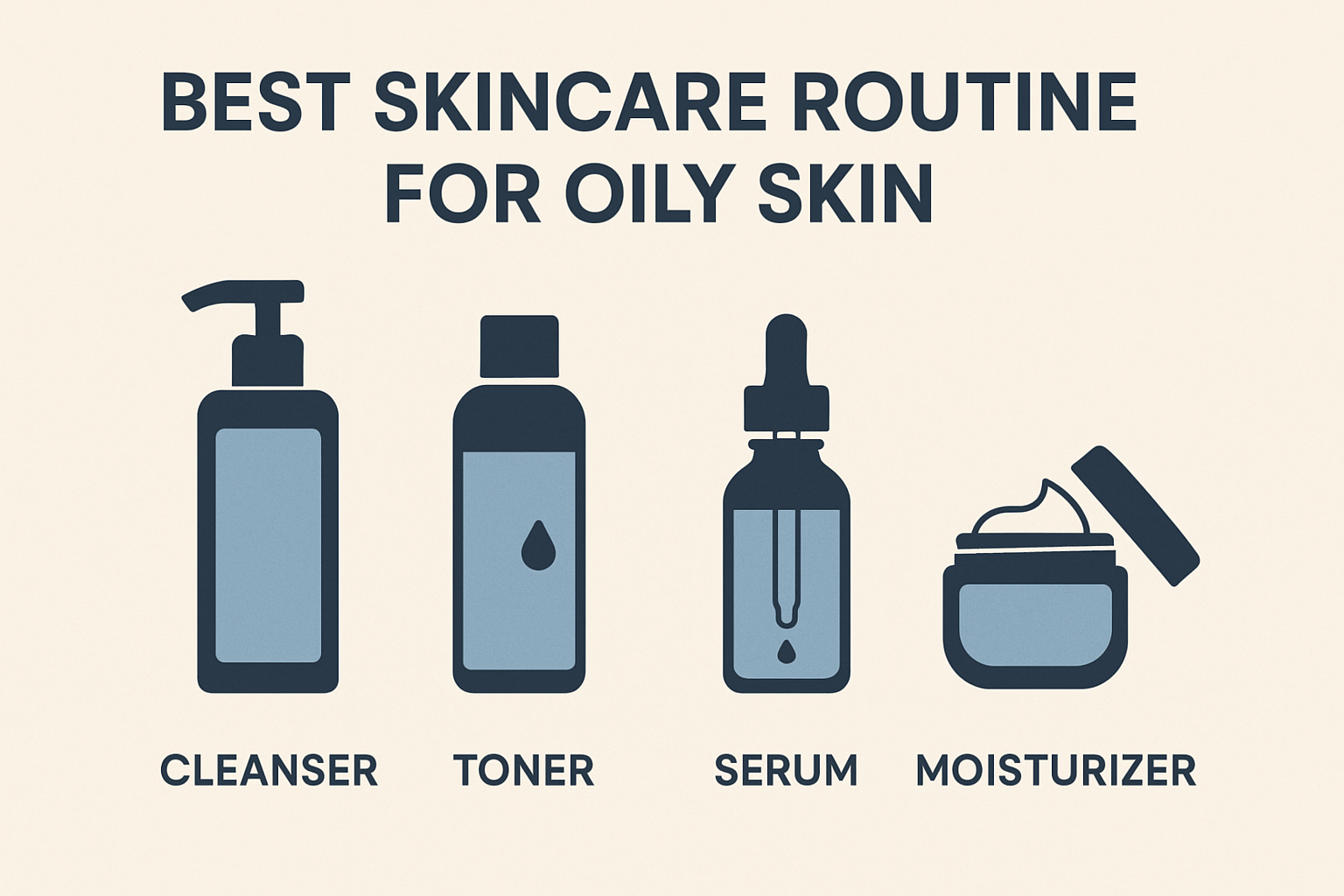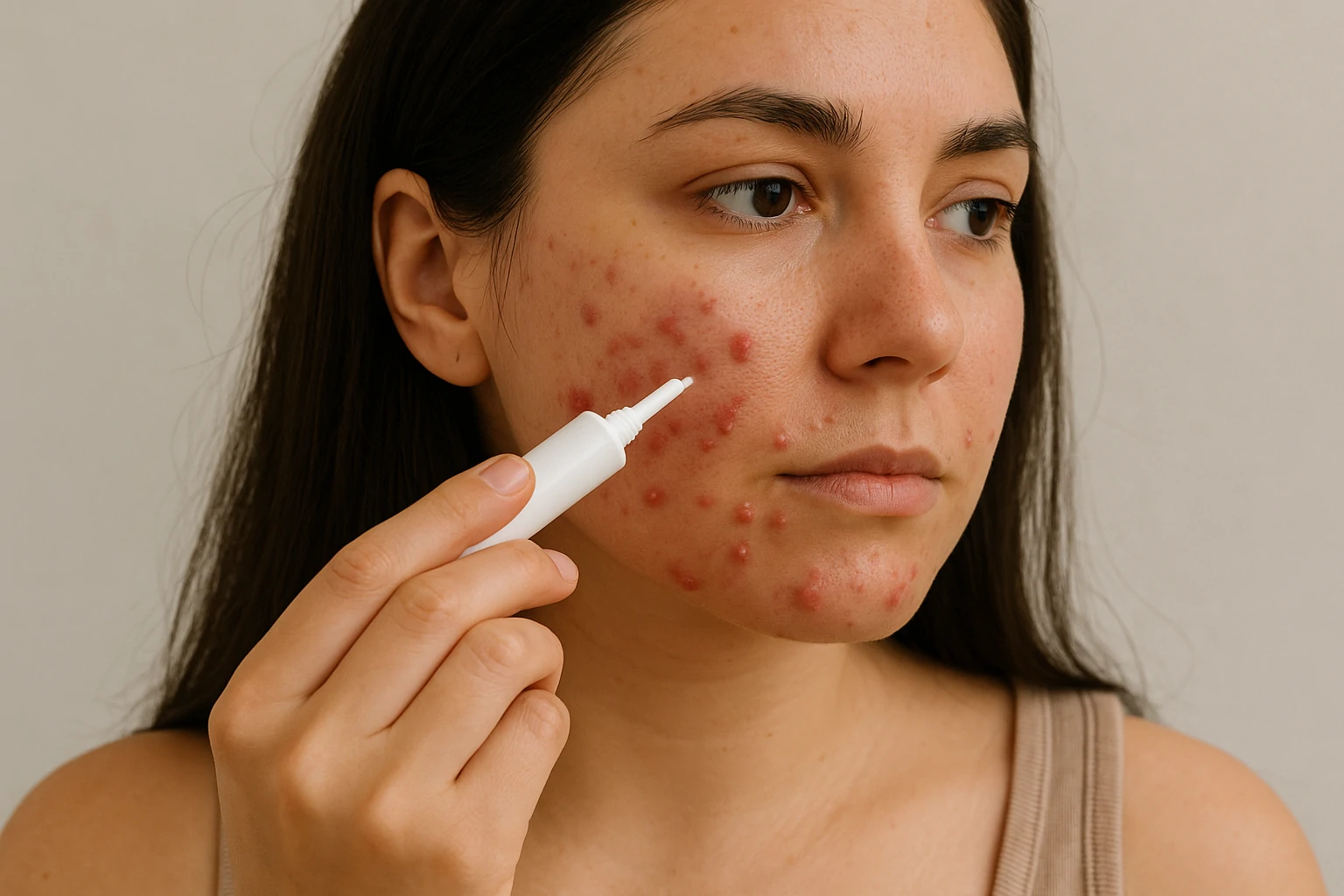10 Effective Ways to Treat Dry Skin Around Your Nose, According to Dermatologists

Like a living fairytale, snow falls gently and covers everything in peaceful white. There’s something comforting about curling up on the couch, wrapped in a warm blanket, lost in your favorite book. Even though the calm atmosphere, a hot cup of coffee in hand, and the scent of cinnamon in the air create a cozy and romantic winter feeling, the chill in the air often brings along the discomfort of dry skin.
But behind all that beauty, winter also has its downsides. One small but annoying problem is dry skin, especially around the nose. At first, you might not notice it. Maybe your nose just feels a little itchy now and then. But over time, the skin can start to change—it becomes rough, flaky, red, and even painful or irritated.
It might seem like a minor issue, and in many ways it is. But anyone who’s experienced it knows how uncomfortable it can be, especially when you’re trying to look fresh and feel confident. Having irritated skin right in the middle of your face can make everyday things harder—like putting on makeup or talking to other people.
That’s why it’s important to know how to take care of this sensitive area during winter. Dermatologists have shared tips on the best ways to treat and prevent dry skin around the nose. While it’s not a major crisis, taking care of your skin is a simple way to show self-care—and it can make a big difference in how comfortable and confident you feel.
So if you’ve been dealing with this problem too, keep reading. In the next section, we’ll share expert advice on how to keep your skin healthy and hydrated, even when the cold weather hits hard.
The Hidden Dangers of Harsh Ingredients in Beauty and Health Products
When your skin starts showing signs of irritation or extreme dryness, it’s important to be more careful with the skincare products you use.
While we often rely on active ingredients to keep our skin looking great, using products that are too harsh can actually make already-sensitive skin worse. One of the first things dermatologists recommend is cutting back on strong ingredients that might cause further irritation.
Dr. Chang, a skincare expert, suggests that if you’re using retinoids—like retinol or tretinoin—it’s a good idea to pause for a while, at least until your skin has recovered. Retinoids are well-known for helping with fine lines and acne, but they can also make skin more sensitive and dry, especially during winter.
And it’s not just retinoids you should watch out for. Salicylic acid, commonly found in products for acne and oily skin, can also make dryness worse. Although it’s great for clearing up excess oil and smoothing out texture, salicylic acid works by exfoliating dead skin cells, which can strip away natural moisture—something your skin really needs during cold, dry weather.
So, to keep your skin hydrated and healthy, it’s smart to cut back on strong ingredients if your skin is already dry or irritated. Switching to gentler products that focus on hydration can help your skin heal faster and more comfortably—without making things worse.
Soothe Irritated Skin with a Calming Cream
As temperatures drop outside, many of us turn up the heat indoors to stay cozy. But this contrast—cold, dry air outside and warm, dry air inside—can be tough on our skin. The combination of these extreme environments makes it harder for skin to stay hydrated, often leading to dryness, especially in sensitive areas like around the nose.
The skin around the nose is particularly vulnerable. It’s exposed to dry air and frequent friction, like when we wipe or blow our noses. When dryness sets in, it often leads to irritation, which only makes the problem worse. This is when your skin needs some extra care and attention.
Dr. Green recommends using calming creams to soothe irritated skin and reduce inflammation. A product like Eucerin Skin Calming Cream can be a great option. It’s specially formulated for sensitive skin and is fragrance-free, making it gentle enough to calm inflammation without causing more irritation. “Soothing creams like this help reduce redness and tightness in skin that’s stressed from dryness,” she explains. 1Purnamawati S, Indrastuti N, Danarti R, Saefudin T. The role of moisturizers in addressing various kinds of dermatitis: a review. Clin Med Res. 2017;15(3-4):75-87
One of the biggest benefits of a calming cream is its ability to strengthen the skin’s natural barrier. This protective layer is essential for keeping moisture in and preventing further damage. These creams can also help increase your skin’s tolerance to environmental stress, like cold weather and dry indoor heat.
By using the right cream, you can help your skin stay calm, protected, and hydrated—so it feels healthier and more comfortable, even when the weather outside is harsh.
Avoid Overdoing Your Skincare Routine for Healthier Skin
When dealing with dry skin, it’s easy to feel like you need to try everything—layering on lots of moisturizers or exfoliating often.
But sometimes, using too many products can actually make things worse.
Dr. Green explains that when it comes to skincare, more isn’t always better. For example, over-exfoliating in an effort to get rid of flaky skin can damage the skin’s protective barrier and increase irritation. It’s better to exfoliate less often, giving your skin time to heal and restore itself.
The same goes for moisturizers. While it’s tempting to apply a thick layer to fight dryness, using too much can lead to clogged pores, irritation, or redness. A thin, even layer is usually enough to lock in moisture without overwhelming your skin.
The bottom line? Less is more. Giving your skin just what it needs—without overdoing it—is the key to better, healthier results.
Choose Moisturizers Packed with Skin-Nourishing Ingredients
A good moisturizer is essential for keeping your skin hydrated—especially in dry weather. There are certain ingredients you’ll want to look for in a moisturizer. Ceramides, for example, are natural lipids that help repair the skin’s protective barrier,2Draelos ZD, Raymond I. The efficacy of a ceramide-based cream in mild-to-moderate atopic dermatitis. J Clin Aesthet Dermatol. 2018;11(5):30-32. while petroleum jelly helps lock in moisture so it doesn’t escape easily.3Sethi A, Kaur T, Malhotra S, Gambhir M. Moisturizers: the slippery road. Indian J Dermatol. 2016;61(3):279-287.
Other helpful ingredients include glycerin and hyaluronic acid, both of which are great at drawing in and holding onto moisture. When choosing between creams and lotions, go for a cream—it’s thicker and more effective, especially for dry areas like the skin around your nose.
And for the best results, apply your moisturizer to slightly damp skin. This helps it absorb more effectively.
By choosing the right moisturizer and using it the right way, you can keep your skin well-hydrated and protected all winter long.
Seal in Moisture with Aquaphor or Vaseline During Dry Seasons
Occlusives like Aquaphor and Vaseline are highly effective at keeping moisture locked into the skin. Dr. Green explains that the key ingredients in these products—such as petroleum, lanolin, and glycerin—work together to protect and hydrate the skin.
Petroleum, made from mineral oils and waxes, acts as a barrier that seals in moisture. Lanolin, which comes from sheep’s wool, works as an emollient to soften the skin. Meanwhile, glycerin pulls moisture from the air to keep your skin hydrated.
This powerful combination helps prevent water loss, repairs the skin’s natural barrier, and shields it from outside irritants. That’s why using products like Aquaphor or Vaseline can speed up healing for dry or damaged skin, keeping it moisturized and helping it return to a smooth, healthy state.
Dr. Green recommends applying a thin layer of these occlusive products over your moisturizer, especially on dry or irritated areas. This technique—known as “slugging”—has gained popularity on social media as a skincare method to lock in all the benefits of your previous products. It gives your skin a strong layer of protection, helping it stay healthy and hydrated through the harshest weather.
Support Skin Healing with a Recovery Cream
The skin around the nose is especially prone to dryness—especially during cold weather or when using harsh skincare products. In these cases, recovery and barrier-protecting creams can be incredibly helpful. These creams work to repair the skin’s protective barrier, which, if damaged, can allow bacteria to enter and cause further irritation.
According to skincare expert Dr. Green, it’s important to keep the skin both hydrated and protected by taking the right preventive steps. This includes switching to cold or lukewarm water when washing your face, avoiding cleansers with harsh ingredients, and applying a recovery cream right after cleansing. A product like Avène Skin Recovery Cream is known for delivering the moisture skin needs after washing.
Recovery creams help soothe dry, red, or irritated skin, bringing relief to sensitive areas. A good moisturizer is your first line of defense against flakiness around the nose. Not only does it help restore hydration, but it also eases itching and discomfort caused by dryness. With the right care, your skin can go back to feeling soft, healthy, and comfortable.
How a Humidifier Can Improve Your Skin and Sleep
In addition to using the right skincare products, keeping the air around you humid is also key to managing dry skin—especially around the nose. One effective way to do this is by adding moisture to the air in your home. Dr. Green recommends using a humidifier, such as Hey Dewy’s Portable Facial Humidifier, to help create a more skin-friendly environment indoors.
Humidifiers help prevent skin from becoming dry and cracked, a common issue during winter months or in areas with low humidity. Dry air can pull moisture from your skin, making areas like the nose feel rough and flaky. By using a humidifier, your skin stays more hydrated—even while you sleep—as the device continuously boosts moisture levels in the room.
It’s important to remember that maintaining indoor humidity doesn’t just help with dry skin—it can also prevent other skin issues caused by overly dry environments. A humidifier is a simple but powerful tool, especially for those struggling to pinpoint the cause of their dryness and looking for a more complete solution.
Nourish Your Skin from Within with Omega-3s and Antioxidants
What you eat has a direct impact on your skin’s health—and that includes how well it stays hydrated.
Dr. Green explains that to keep your skin healthy and moisturized, it’s important to include foods rich in omega-3 fatty acids and antioxidants in your diet. Fatty fish like mackerel and salmon are excellent sources of omega-3s, which help support the skin’s moisture barrier. Other foods like green tea, dark chocolate, and turmeric are packed with antioxidants that protect the skin from free radical damage and help prevent dryness over time.
That said, you don’t always need expensive products or a trip to the store to manage dry skin around the nose. Dr. Green also recommends trying natural remedies you might already have in your kitchen. Ingredients like extra virgin coconut oil, olive oil, shea butter, and jojoba oil are all great for soothing and moisturizing dry, flaky skin. These oils are rich in nutrients and act as natural moisturizers to repair and calm irritated areas.
Using simple, natural ingredients at home can give your skin the extra care it needs—without the extra cost—while still delivering excellent results.
Protect Your Skin Barrier with a Gentle Cleanser
When caring for dry skin, never underestimate the power of a gentle cleanser. Non-foaming cleansers may seem less effective, but they actually do a great job of cleansing the skin without stripping away its natural moisture. These gentle cleansers help your skin stay hydrated—especially important for areas prone to dryness, like around the nose.
In addition to choosing the right cleanser, it’s also important to avoid harsh ingredients found in some skincare products, such as alcohol, AHAs, BHAs, and retinol. While these ingredients can be helpful in some cases, they can also make skin drier and more irritated—especially if your skin is already sensitive.
Another common mistake is washing your face too often. While cleansing is a key part of any skincare routine, over-washing can strip your skin of its natural oils, making dryness even worse. That’s why it’s best to stick to cleansing just twice a day—morning and night—using a gentle, hydrating cleanser to maintain your skin’s natural moisture balance.
Conclusion
While various treatments for dry skin can be beneficial for many people, it’s important to remember that these methods may not always work for every skin type. If dry skin around the nose persists despite trying multiple treatments, Dr. Chang recommends consulting with a board-certified dermatologist. This ensures that there aren’t other underlying skin conditions making the problem worse.
Certain skin conditions, like seborrheic dermatitis, can cause dry, flaky, and red skin around the nose.4Okokon EO, Verbeek JH, Ruotsalainen JH, Ojo OA, Bakhoya VN. Topical antifungals for seborrhoeic dermatitis. Cochrane Database Syst Rev. 2015;(4):CD008138. This condition can be treated with topical antifungal creams. Sun damage can also lead to dry, rough skin around the nose, which may require further treatments like laser resurfacing or cryotherapy to repair the damage. Additionally, rosacea, which causes redness, dryness, and changes in skin texture around the nose, could also be a contributing factor.
By identifying the underlying cause of the skin issue—which may require alternative treatments—it will be easier to address dry skin with a more holistic and appropriate approach. Therefore, it’s important to always seek professional help if your skin condition doesn’t improve with home remedies.






 Acne
Acne Anti-Aging
Anti-Aging Business
Business Digital Marketing
Digital Marketing Economics
Economics Movies
Movies Personal Finance
Personal Finance Websites
Websites
